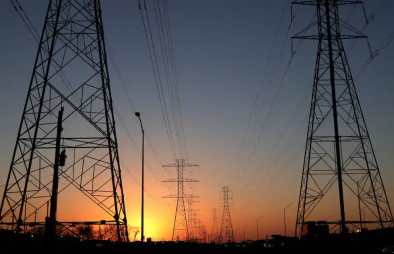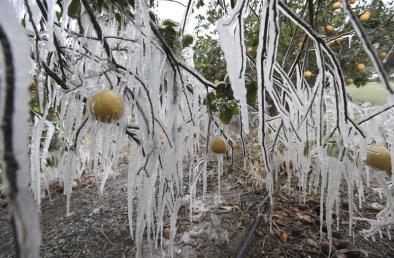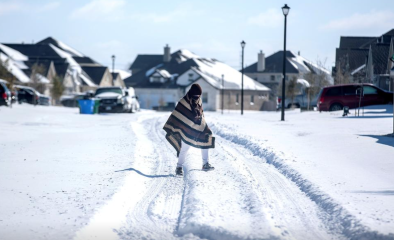Science Source
Changes in precipitation with climate change
- States the water holding capacity of air increases by about 7% per 1°C warming, which leads to increased water vapor in the atmosphere
- States that with modest changes in winds, patterns of precipitation do not change much, but result in dry areas becoming drier (generally throughout the subtropics) and wet areas becoming wetter, especially in the mid- to high latitudes: the ‘rich get richer and the poor get poorer’
- States that in the tropics and subtropics, precipitation patterns are dominated by shifts as sea surface temperatures change, with El Niño a good example
- States that "storms reach out to gather water vapor over regions that are 10–25 times as large as the precipitation area, or in linear dimensions, have a radius of about 3–5 times the radius of the precipitation domain"
Related Content
Science Source
Warm Arctic, Cold Continents: A Common Pattern Related to Arctic Sea Ice Melt, Snow Advance, and Extreme Winter Weather
Judah Cohen, Justin E. Jones, Jason C. Furtado et al
Headline

Feb 23, 2021 | Washington Post
Deadly Texas blackout shows our vulnerability to coming climate extremes
Headline

Feb 19, 2021 | Associated Press
EXPLAINER: Topsy-turvy weather comes from polar vortex
Headline

Feb 19, 2021 | Reuters
Freak cold in Texas has scientists discussing whether climate change is to blame


